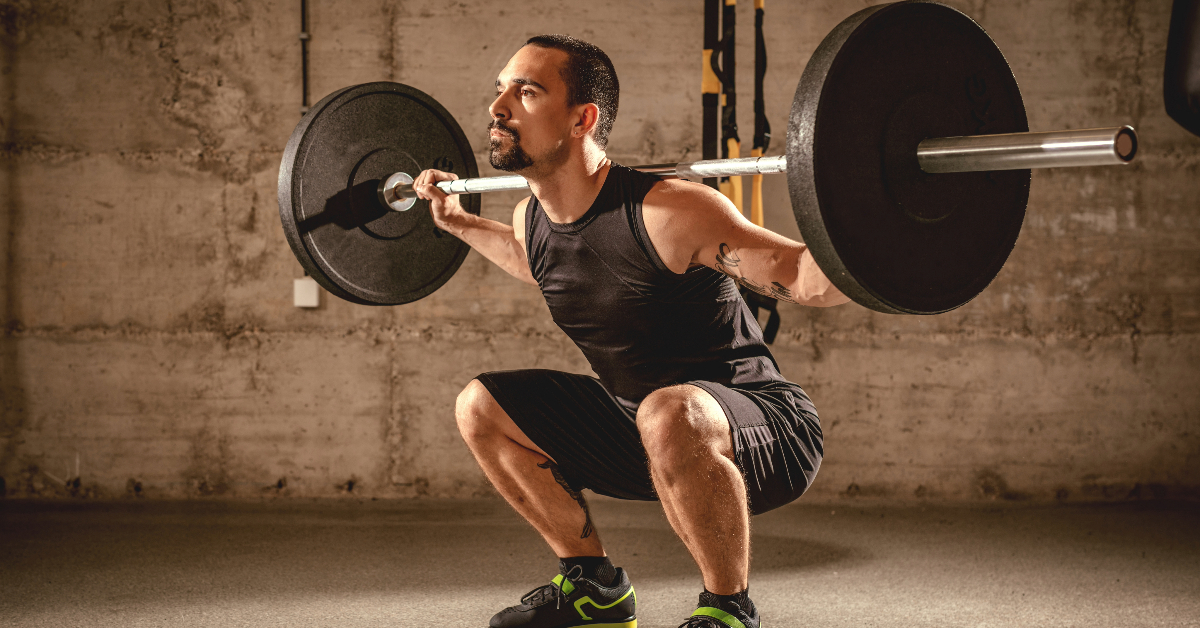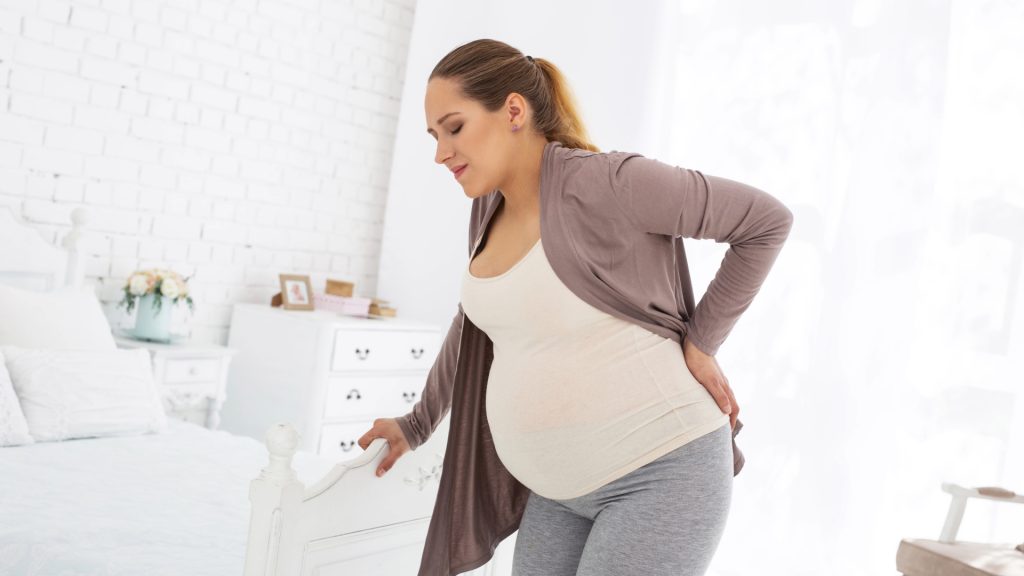
The neuromechanics of the squat is a fundamental aspect to fully understand this exercise. Although the squat is a natural movement that we all do on a daily basis, performing it correctly on an athletic level requires awareness and technique.
In this article, we delve into some of the neuromechanical aspects of the squat, i.e. what happens at the muscle and joint level during execution and how to optimize performance through greater perception and activation of the muscle groups involved.
Neuromechanical squat analysis can help experienced and novice athletes better understand the details of this fundamental movement, in order to perform it as effectively and safely as possible.
Biomechanical Fundamentals
The squat is certainly one of the most fascinating and practiced exercises in training; it is no coincidence that Tepy also places it as a pivotal exercise in both rehabilitation and training.
The squat is mainly used as an exercise to train the strength of the lower limbs, for this reason, in addition to being part of the discipline of powerlifting, it is also the cornerstone movement of many other disciplines, ranging from fitness to the holistic world.
The squat as an exercise has been much studied from a biomechanical point of view and for this reason there are guidelines that agree with a part of the scientific world that deals with human movement.
Without going into the biomechanical details of the joints involved in the execution of the movement, the thing that is important to know is that the movement consists of a triple flexion of the joints of the lower limb, a dorsiflexion of the ankle, that is, bringing the foot up, a knee flexion and finally a hip flexion.
While this triple flexion of the joints takes place, the knee slides forward in the direction of the foot and the hip moves posteriorly, the trunk must remain stable with the core muscles active, without changing the position of the spine throughout the descent and ascent movement.
There are many muscles involved when performing and of course, a lot depends on the stage and angle the performer is in. The main muscles that participate in the movement are: the quadriceps, glutes, hamstrings, foot and core muscles.
So if you want to imagine a squat, think of a child sitting on the poo jar, or an adult getting up from a chair or armchair.
A functional movement
If we want to understand the squat as a functional movement, therefore daily, we can stop here in the description, but we are sure that athletes, TEPY followers and all fitness enthusiasts, will not be limited to the knowledge of these mechanical aspects of the joints but will also be interested in other more neurological aspects. Basically, what happens in our brain when we perform a good squat.
The premise of the neuromechanical vision of the squat is to create the ideal conditions to ensure that each person can perfect the execution of the squat on a sensory perceptual basis, i.e. “what I feel when I do it and not just how I do it mechanically” and send very detailed sensory information to our brain which will thank us with better control and performance of the squat.
Here are some points to take into account for an ideal squat execution with a neuromechanical vision that all Tepy users will be able to see in the videos in the app:
Muscle synergy
The first point concerns the perception of muscular synergy during movement, both in the descent and thrust phases. This means that when we perform the exercise we must focus on working the muscles of the anterior and posterior compartment of the thigh, i.e. quadriceps, hamstrings, as well as the glutes and abdominals.
If you don’t feel this synergy or you feel that only one muscle group predominates, try to perform the movement trying to activate all the muscle compartments. This synergy must be understood as between agonist and antagonist muscles depending on the phase of movement.
Joint rhythm
It is certainly a fundamental point of the neuromechanical view of the squat. This means that we need to focus on trying to get the joints moving at the same time. The joint rhythm of the squat must create a coordination of movement and must allow us to perform the descent phase by bringing the knee forward and the hip backwards at the same time, without affecting the support of the foot and the position of the trunk. This strategy is a kind of aid for our brain to perform a smooth movement.
Support points
The distribution of the weight on the foot is certainly another point to take into account for a good execution of the squat. The sensation to take into account is to distribute the weight of the body mainly in three points of the foot. Specifically, heel, first metatarsal of the big toe and metatarsal of the fifth toe.
In this way, the foot will be able to help us have greater stability of the entire body as well as being able to voluntarily activate the muscles of the foot that will help us in pushing. The stability of the foot throughout the execution of the squat will result in a better activation of the glutes and core muscles.
Core Activation
Core activation through proper breathing. This is a key element for a good and safe execution of the squat in a neuromechanical vision.
The deep muscles of the core, understood as all the muscles that stabilize the pelvis and spine, are related to a good execution of the respiratory acts.
This means that the muscles that participate in breathing, if well active and synergistic, allow you to have a strong and stable core and therefore prevent overload on the spine during the execution of the squat as well as a good synergy between all the muscles.
For all squat lovers, but also for beginners, we recommend applying these neuro mechanics strategies, to enhance your potential and motor skills, together with visualization techniques. See you in the TEPY app for more squat optimization tips and strategies.


